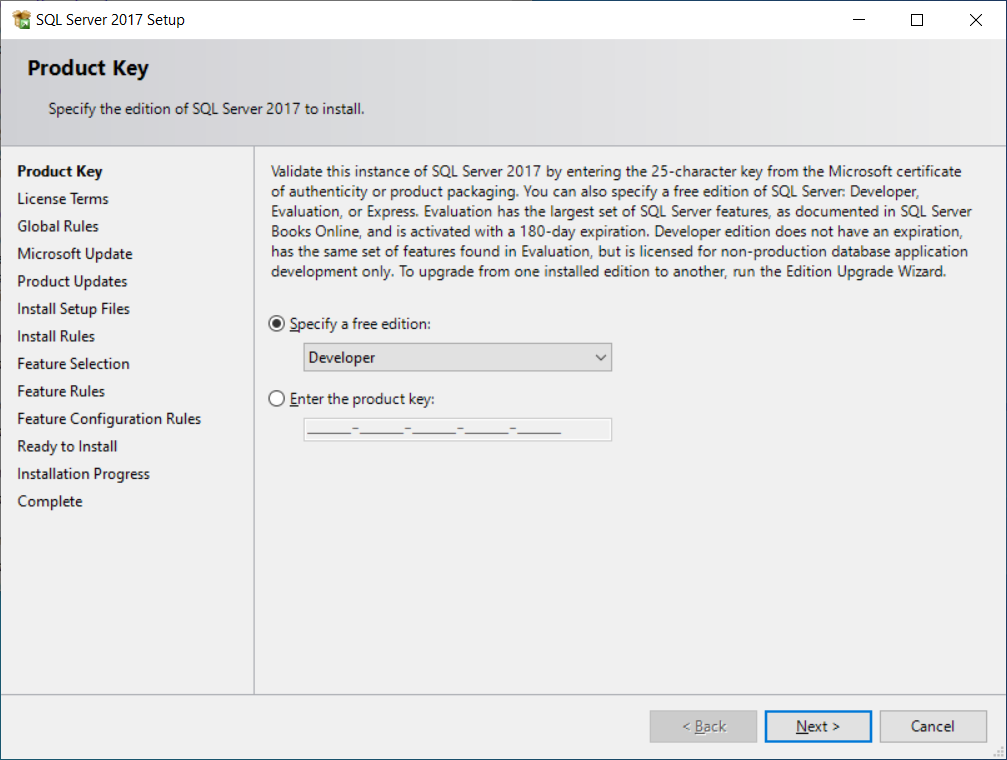
PowerPivot for SharePoint also remains an Enterprise only feature. It’s possible to bump into this limit fairly quickly, but it’s a limit that serves the small/medium business space rather well. Tabular in Standard Mode is restricted to 16 GB of RAM, which may seem like a lot, but keep in mind that tabular is an in-memory technology. There are of course limitations with Standard mode. This puts the tabular model within the reach of all organizations, and closes the licensing gap in the BI stack. The biggest news in my opinion from a licensing perspective with 2016 is that Tabular Mode will now be supported in Standard Edition. SQL Server 2016 removes the BI Edition as an option, leaving us with a choice between only Standard and Enterprise.

This has put the Tabular model out of reach for some small and medium sized businesses which is unfortunate, given that tabular is at the center of Microsoft’s future BI efforts. From a price standpoint the difference between Standard and either BI or Enterprise is quite significant. For those unaware, Tabular Mode is the engine behind PowerPivot, and increasingly importantly, Power BI. The biggest difference (but not the only one) from a BI standpoint between Standard, and either BI or Enterprise edition was the support of the Tabular Mode in SQL Server Analysis Services. Standard mode also provided many BI capabilities, but not all.

However, Enterprise contained all of the features that the BI edition did, and in many cases, wound up being a better choice from a licensing perspective.

The choice of which edition to use would seem to be obvious – the one named Business Intelligence. Developer, Express and Web are for specific workloads, which leaves Standard, BI, and Enterprise. Developer, Express, Web, Standard, Business Intelligence, and Enterprise. For the past several releases, SQL Server has come in 6 possible editions.


 0 kommentar(er)
0 kommentar(er)
